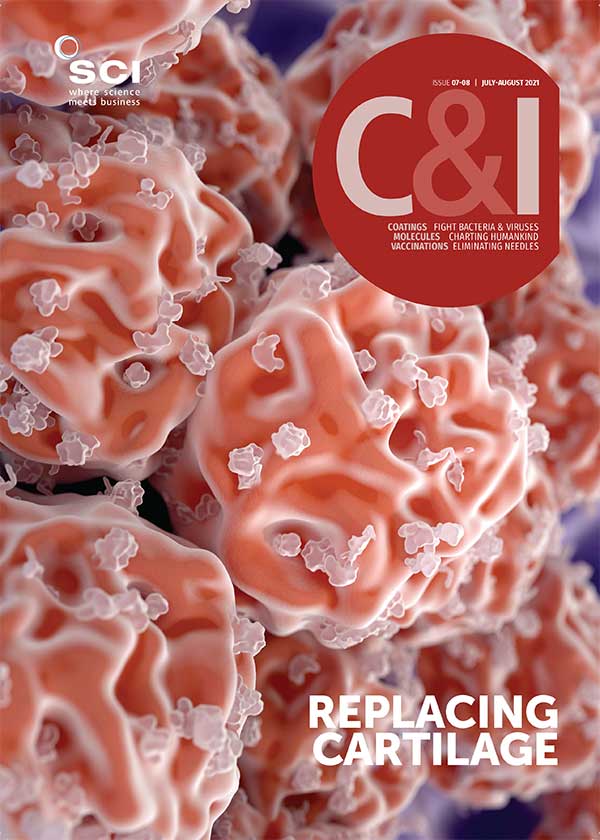Anthony King
Most lithium-ion batteries today contain cathode materials comprising oxides of lithium, nickel, manganese and cobalt or NMC for short. The cathode accounts for one-third of the price of a battery, and there are constraints on the supply of nickel and cobalt.
‘About 80-90% of existing cathodes are layered oxides, or NMC class of materials, well-ordered structures where the lithium ions move in and out between the layers,’ says battery chemist Gerbrand Ceder at Lawrence Berkeley National Laboratory, US. The lithium ions travel along well-defined pathways and arrange themselves between the transition metal atoms – cobalt and nickel – in neat, orderly galleries.
A new class of material developed in Ceder’s lab relies on disordered structures. It is based on abundant materials and is called DRX – disordered rock salts with excess lithium. Surprisingly, it could hold more lithium – meaning more energy – while allowing iron and manganese to serve as the transition metals.
‘The lithium diffuses [through the disordered structure] more by a process called percolation,’ says Ceder, who compares this with how water finds its way through soil. The reason the rock salt structure – sodium chloride – was chosen is because it consists of densely packed ions. This makes it very energy dense. ‘The bigger issue in energy storage is usually volume not weight,’ Ceder explains.
The DRX cathode was first reported as a proof-of-concept in 2014, but had low rates of charge, and had to be run at 60°C to get the lithium moving. ‘Now it can be charged and discharged at very high current and at normal temperature,’ says Ceder.
Another issue addressed was stability. The Berkeley lab serendipitously discovered that disordered rock salt can be fluorinated, with about 10% of the oxygen atoms substituted with fluorine. This gives the materials very high stability (Adv. Funct. Mat., doi: 10.1002/adfm.202101888). ‘Fluorine is pretty much the most electronegative ion you can imagine, which means it holds electrons very tightly, and this makes it good at protecting materials at high voltage,’ Ceder says.
Another improvement was the addition of chromium. When chromium loses electrons, it becomes smaller and prefers to sit in a different site in the crystal and as a result it moves out of the transport path of lithium. ‘It makes lithium mobility so much better,’ according to Ceder – by acting like a doorman who steps out of the way at the right time to let lithium ions out.
The DRX cathode will likely suit electric vehicles more than consumer devices. In cell phones, the battery metals are of negligible contribution to cost, ‘but in a large battery pack, it is an enormous contribution,’ Ceder notes.
‘Compared with the commercial NMC-based layered structure, the new structure has [the] advantage of relying less on the expensive elements of nickel and cobalt,’ says materials scientist Xin Li at Harvard University, US, noting that Ceder’s recent paper used mostly cheaper elements like manganese and titanium (Nature Energy, doi: 10.1038/s41560-021-00817-6). ‘The broad choice of elements also gives the opportunity to explore new performances from new compositions.’
Commercial cathodes for lithium-ion batteries are limited at a capacity of around 200mAh/g, yet this research reaches about 300mAh/g, notes Li. The counterintuitive approach from the Berkeley group was to add more lithium in the structure to go beyond the percolation threshold, so that lithium can form a connected conductive pathway in 3D, he says. ‘In the battery field, there aren’t many choices if you want a cathode capacity beyond 200mAh/g: Li-excess NMC, Li-air, Li-sulfur, and now this Li-excess disordered rock salt,’ he says. ‘This is a promising candidate for future commercialisation.’
Image credit: Gorodenkoff Productions / Science Photo Library





